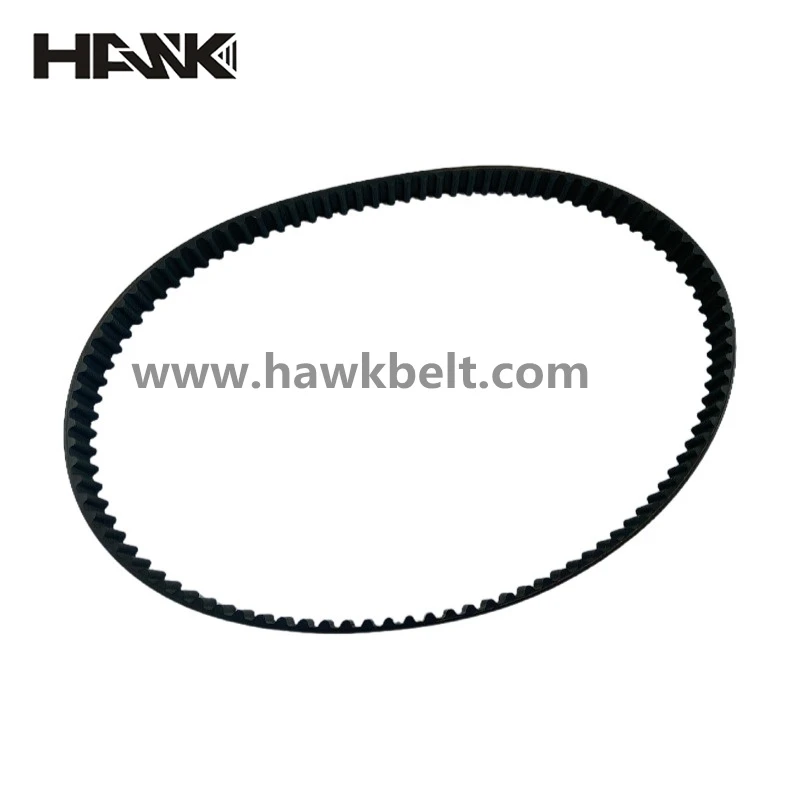- Arabic
- French
- Russian
- Spanish
- Portuguese
- Turkish
- Armenian
- English
- Albanian
- Amharic
- Azerbaijani
- Basque
- Belarusian
- Bengali
- Bosnian
- Bulgarian
- Catalan
- Cebuano
- Corsican
- Croatian
- Czech
- Danish
- Dutch
- Afrikaans
- Esperanto
- Estonian
- Finnish
- Frisian
- Galician
- Georgian
- German
- Greek
- Gujarati
- Haitian Creole
- hausa
- hawaiian
- Hebrew
- Hindi
- Miao
- Hungarian
- Icelandic
- igbo
- Indonesian
- irish
- Italian
- Japanese
- Javanese
- Kannada
- kazakh
- Khmer
- Rwandese
- Korean
- Kurdish
- Kyrgyz
- Lao
- Latin
- Latvian
- Lithuanian
- Luxembourgish
- Macedonian
- Malgashi
- Malay
- Malayalam
- Maltese
- Maori
- Marathi
- Mongolian
- Myanmar
- Nepali
- Norwegian
- Norwegian
- Occitan
- Pashto
- Persian
- Polish
- Punjabi
- Romanian
- Samoan
- Scottish Gaelic
- Serbian
- Sesotho
- Shona
- Sindhi
- Sinhala
- Slovak
- Slovenian
- Somali
- Sundanese
- Swahili
- Swedish
- Tagalog
- Tajik
- Tamil
- Tatar
- Telugu
- Thai
- Turkmen
- Ukrainian
- Urdu
- Uighur
- Uzbek
- Vietnamese
- Welsh
- Bantu
- Yiddish
- Yoruba
- Zulu
loka . 13, 2024 01:56 Back to list
timing belt inside engine
Understanding the Timing Belt Inside Your Engine
The timing belt is one of the most important components of an internal combustion engine. Hidden beneath covers and sometimes hard to access, it plays a crucial role in maintaining the optimal performance of your vehicle. In this article, we will explore the function of the timing belt, how it interacts with other engine components, and the importance of regular maintenance.
What is a Timing Belt?
A timing belt is a rubber belt with high-tensile fibers. It connects the crankshaft—the engine's main rotating shaft—to the camshaft, which controls the opening and closing of the engine's intake and exhaust valves. This synchronization is vital because it ensures that the engine runs smoothly and efficiently. If the timing belt fails or slips, it can lead to a catastrophic engine failure, which could be both dangerous and expensive to repair.
Function of the Timing Belt
The primary function of the timing belt is to keep the crankshaft and camshaft in sync. As the crankshaft turns, it drives the timing belt, which, in turn, rotates the camshaft. This precise timing allows the engine to perform its cyclic process drawing in air and fuel, compressing it, igniting it, and expelling the exhaust gases. Any misalignment between these components could lead to severe issues, including bent valves, damaged pistons, or even complete engine failure.
Timing Belt Maintenance
Given the critical role of the timing belt, regular maintenance is essential for engine health. Most manufacturers recommend replacing the timing belt every 60,000 to 100,000 miles, although the exact interval can vary depending on the make and model of the vehicle. It is important to consult your owner’s manual for specific recommendations.
timing belt inside engine

Neglecting the timing belt can lead to serious issues. A worn or damaged belt can cause it to snap, resulting in the aforementioned catastrophic failures. Signs that your timing belt may need replacement include audible noise from the engine, engine misfires, and oil leaks near the timing belt area. If you observe any of these symptoms, it is crucial to consult a mechanic immediately.
The Role of Timing Belt Tensioners and Pulleys
Timing belts rely on tensioners and pulleys to maintain the correct tension and alignment. The tensioner adjusts the tightness of the timing belt to prevent it from slipping or becoming too loose, while the pulleys guide the belt around the engine components. Over time, these components can wear out, impacting the performance of the timing belt. Therefore, when replacing the timing belt, it is often advisable to also replace the tensioners and pulleys to ensure everything operates smoothly.
Consequences of Timing Belt Failure
The consequences of a timing belt failure can be dire. In interference engines, when the timing belt breaks, the pistons can collide with the open valves, resulting in extensive damage. This situation can lead to a costly repair or even total engine replacement.
In contrast, non-interference engines are designed to withstand timing belt failure without catastrophic damage. However, these engines are less common, and even in non-interference engines, a broken timing belt will leave you stranded and in need of immediate repairs.
Conclusion
The timing belt is often an overlooked part of vehicle maintenance, yet it plays an indispensable role in the engine's operation. Understanding its function and the importance of timely replacement can save vehicle owners from significant headaches and expenses. Investing in regular maintenance and being aware of your vehicle's specific needs are essential steps in ensuring a long and healthy life for your engine. If you haven’t checked your timing belt recently, consider scheduling an appointment with a qualified mechanic today. Maintaining your timing belt properly is not just about extending the life of your engine; it’s about ensuring your safety on the road.
-
Korean Auto Parts Timing Belt 24312-37500 For Hyundai/Kia
NewsMar.07,2025
-
7PK2300 90916-T2024 RIBBED BELT POLY V BELT PK BELT
NewsMar.07,2025
-
Chinese Auto Belt Factory 310-2M-22 For BMW/Mercedes-Benz
NewsMar.07,2025
-
Chinese Auto Belt Factory 310-2M-22 For BMW/Mercedes-Benz
NewsMar.07,2025
-
90916-02660 PK Belt 6PK1680 For Toyota
NewsMar.07,2025
-
drive belt serpentine belt
NewsMar.07,2025

